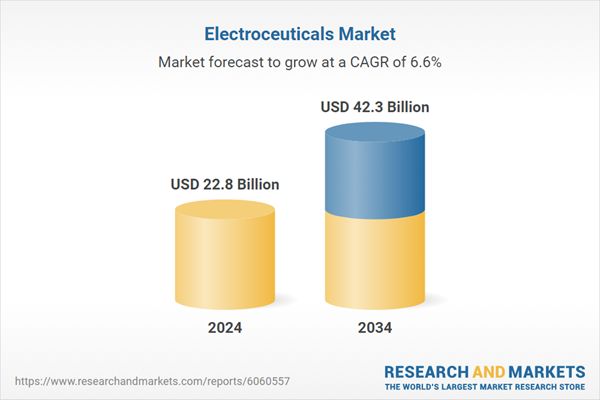Innovations in bioelectronic medicine are enabling the development of more efficient and precise electroceutical devices, further propelling market growth. Increasing research investments and favorable regulatory policies are encouraging manufacturers to expand their product portfolios. Moreover, rising consumer awareness about non-invasive treatment options and improved accessibility to healthcare solutions are boosting adoption rates. With the integration of artificial intelligence and smart monitoring capabilities, electroceutical devices are becoming more personalized and effective in managing long-term conditions. The market is also benefiting from collaborations between medtech companies and research institutions, driving breakthroughs in device miniaturization, wireless communication, and battery life improvements.
The market is segmented based on product categories, including cardiac devices, neuromodulators, and implants. Cardiac devices, which include pacemakers and defibrillators, are expected to experience the highest growth, with a CAGR of 6.7%, reaching USD 18.9 billion by 2034. The increasing prevalence of cardiovascular diseases, coupled with an aging global population, is driving demand for these life-saving devices. Continuous improvements in cardiac technologies, such as MRI-compatible pacemakers and remote patient monitoring systems, are making these solutions more effective and accessible. The integration of AI-powered diagnostics and real-time health tracking is further enhancing their adoption in clinical settings.
The electroceuticals market is also classified into implantable and non-invasive devices. The implantable devices segment is projected to reach USD 34.3 billion by 2034, growing at a CAGR of 6.3%. Rising incidences of chronic diseases and ongoing advancements in bioelectronic medicine are key growth drivers. Implantable electroceuticals, such as spinal cord stimulators and cochlear implants, offer long-term solutions for managing conditions without continuous medication use, making them an attractive option for both patients and healthcare providers.
U.S. Electroceuticals Market generated USD 7.6 billion in 2024 and is forecasted to grow at a CAGR of 5.7% between 2025 and 2034. The increasing prevalence of chronic diseases, particularly cardiovascular and neurological disorders, is fueling demand for electroceutical solutions. A rapidly aging population and continuous advancements in medical technology are further supporting market growth. Pacemakers, deep brain stimulators, and other electroceutical devices are in high demand due to their proven efficacy in treating chronic pain, heart conditions, and neurological disorders. As healthcare infrastructure strengthens and reimbursement policies become more favorable, the U.S. electroceuticals market is poised for sustained expansion.
Comprehensive Market Analysis and Forecast
- Industry trends, key growth drivers, challenges, future opportunities, and regulatory landscape
- Competitive landscape with Porter’s Five Forces and PESTEL analysis
- Market size, segmentation, and regional forecasts
- In-depth company profiles, business strategies, financial insights, and SWOT analysis
This product will be delivered within 2-4 business days.
Table of Contents
Companies Mentioned
The companies featured in this Electroceuticals market report include:- Abbott
- Axonics
- BIOTRONIK
- Boston Scientific
- Cala Health
- Cochlear
- LivaNova
- Medico S.p.A.
- Medtronic
- MicroPort
- Monarch
- NEUROPACE
- Nevro
- Nurotron
- SetPoint Medical
- Sky Medical Technology
- SONOVA
Table Information
| Report Attribute | Details |
|---|---|
| No. of Pages | 155 |
| Published | February 2025 |
| Forecast Period | 2024 - 2034 |
| Estimated Market Value ( USD | $ 22.8 Billion |
| Forecasted Market Value ( USD | $ 42.3 Billion |
| Compound Annual Growth Rate | 6.6% |
| Regions Covered | Global |
| No. of Companies Mentioned | 18 |









